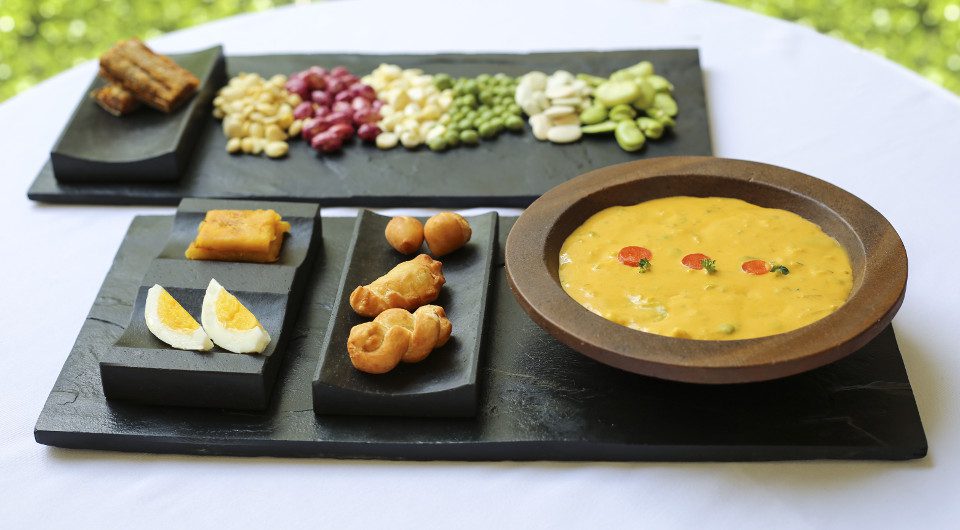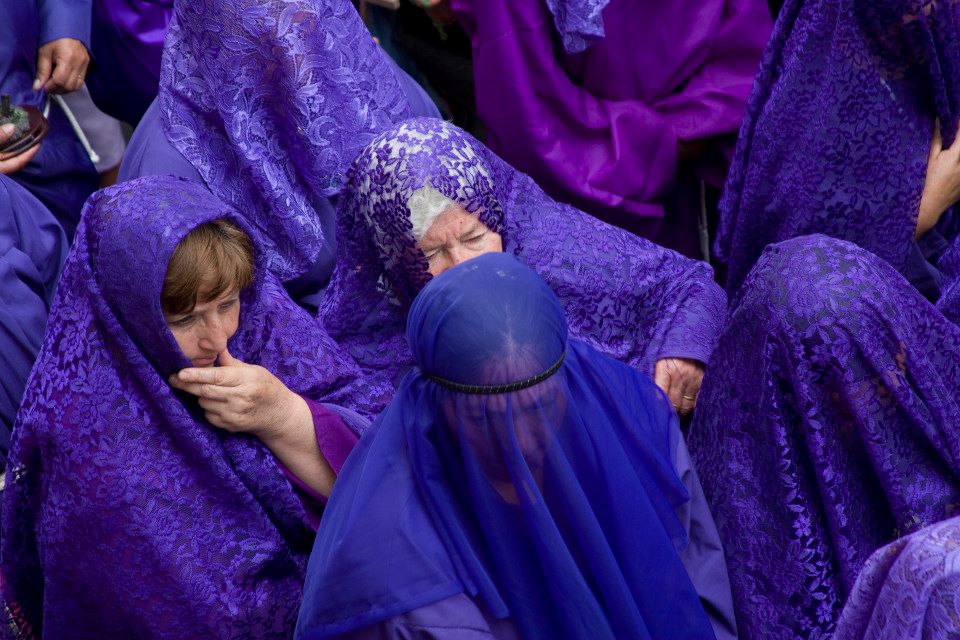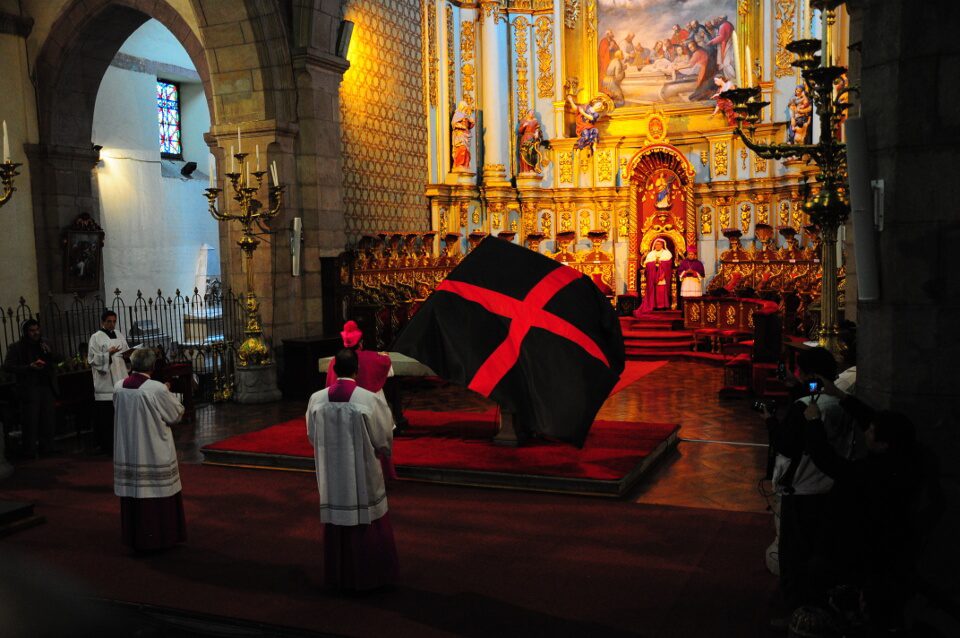Holy Week in Ecuador: A Unique Ecuadorian Celebration
Holy Week in Ecuador is announced a couple of weeks before it begins. Signs on restaurants give it away, letting each and every passer-by know they have fanesca. Those who are familiar with the traditional dish, which is only cooked during this Christian holiday, will feel their mouths start to water. Whether a fanesca is prepared by an Ecuadorian grandmother or from a recipe that’s been passed down for many generations or a restaurant that’s competing to make it to the top 10 list of “the best fanescas in Quito,” you know you are in for a treat. The list is published yearly after a careful selection by the most demanding judges. Casa Gangotena, known for its amazing cuisine, has made it to that list every year, showcasing the best flavours of this Ecuadorian traditions. Yet fanesca is but one of the many cultural expressions of this festivity, with week-long celebrations and intricacies that you will not want to miss. The intensity and fervour of Holy Week in Ecuador will transport you!!

TALK TO A DESTINATION EXPERT

Diego Zapata

Rosa Mena

Sandy Lara

Diego Zapata

Rosa Mena

Sandy Lara
The Meaning of Holy Week
The week before Easter is when Holy Week is celebrated. It is the yearly commemoration of the Passion, Death, and Resurrection of Jesus of Nazareth. It begins on Palm Sunday, also known as Passion Sunday, the day that honours the historic entry of Jesus into Jerusalem. This celebration gives way to the first day of Holy Week, which ends a week later on Resurrection Sunday. On the first three days of the week, the faithful observe different moments described in the Gospel, such as: Jesus’ anointment, Jesus’ prediction of his own death, and the arrangement of the betrayal by Judas. Holy Thursday celebrates the Last Supper, which laid out the model for what now is called the Eucharist or Holy Communion. The mass of the Lord’s Supper is given in the evening to welcome the Triduum, a period of three days that starts on Maundy Thursday, and celebrates Good Friday – the crucifixion of Jesus, Holy Saturday and ends on Easter Sunday or Resurrection Sunday – which marks the beginning of Easter.

The Traditional Ecuadorian Holy Week
Holy Week is celebrated by all Christian beliefs and its celebration varies greatly from one country to the next. They share a common historical background dating to the year 325 A.D., yet older indigenous traditions from conquered countries, like Ecuador, were assimilated into the newly adopted Catholic beliefs. This resulted in a unique local festivity filled with colour, devotion and folklore.
The most relevant moment of the Ecuadorian Holy Week is the Jesus of Great Power procession in Quito. Other important celebrations take place in the other two most populated cities in the country – Guayaquil and Cuenca. During these festivities, Quito can pack as many as a quarter million people who gather to see or participate in the procession.

Get Ready For a Real Cultural Experience!
The procession starts and ends at the San Francisco cathedral, right at the feet of Casa Gangotena, whose balcony provides the perfect viewpoint. 1,300 cucuruchos (men and women robed in dark purple tunics and pointy hats) get ready to represent Jesus’ walk with the cross through the city of Jerusalem. Spectators are guaranteed to get some great photographs. The procession starts at midday after confessions and mass. It can have a dramatic tone to it, with some of the faithful carrying heavy wooden crosses along the streets of downtown. Others walk barefoot across really hot stretches of asphalt. Some even show their devotion by flagellating themselves with poison ivy.
Quiteños and visitors gather around the streets were the procession is set to pass through. It can be a tricky to find a good spot to observe the ritual due to the high number of people. It is also recommended to follow the procession to get the opportunity to enjoy it in all its glory. Try not to miss the images of Virgin Mary and Jesus of Great Power, as they move along with the procession. They will be easy to spot since they are elevated by shoulders of the faithful.
Immerse yourself in this beautiful country’s most beloved holiday, discover the richness of its culture, and the hospitality of its people with an Easter celebration unlike any you have lived before.
Enjoy the most important week of our religious traditions with us.

Javier Garcia

Eduardo Silva

Carolina Escobar
START PLANNING YOUR TRIP

Javier Garcia

Eduardo Silva

Carolina Escobar
Get in touch for more
CONTACT US


